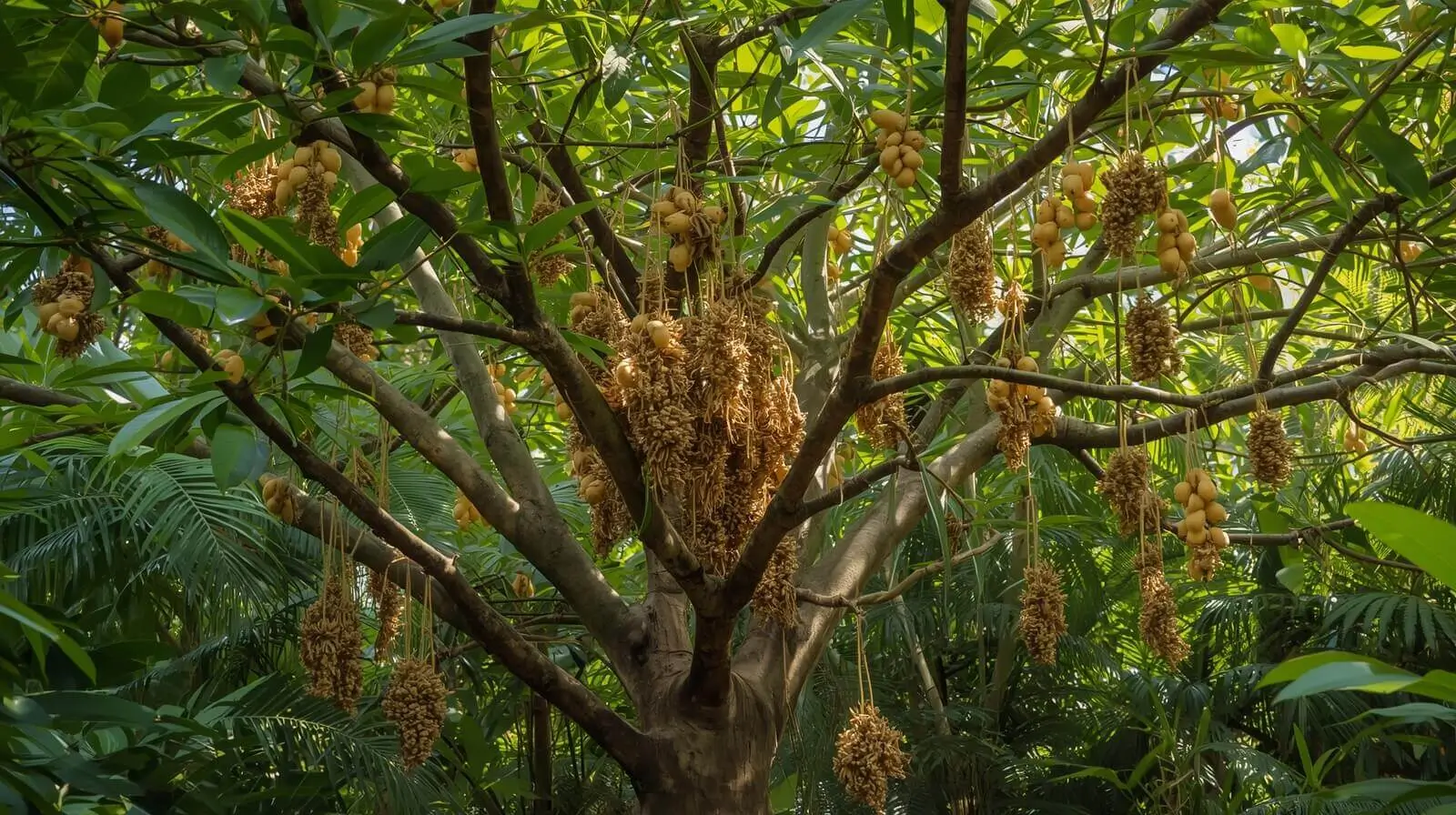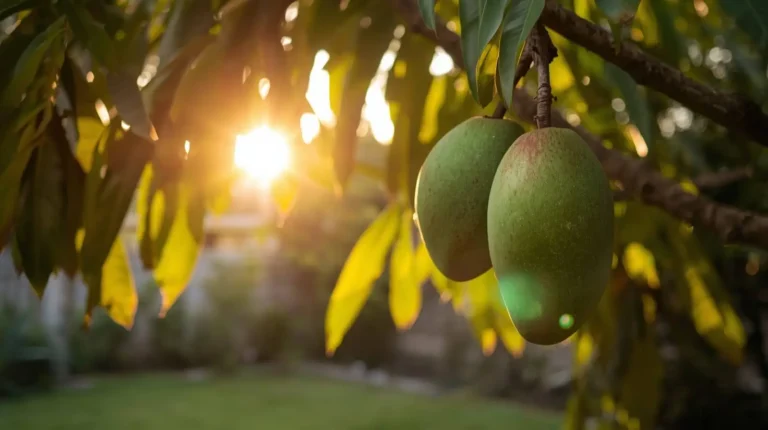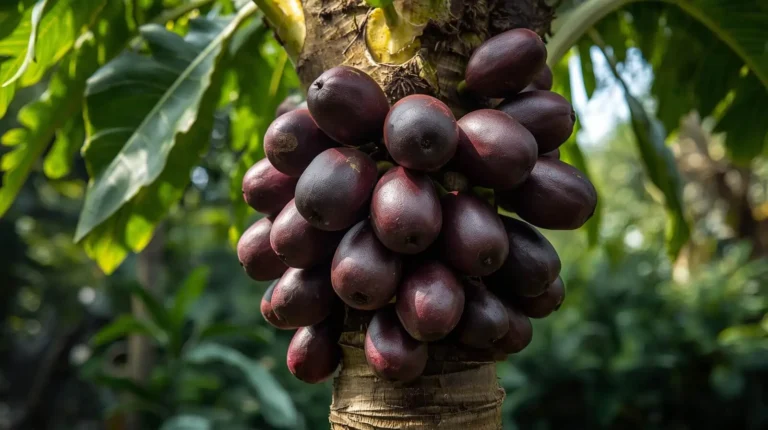Growing the Kohala longan tree in my own garden has taught me that this tropical gem truly feels like a delightful addition when handled with patience and real understanding. In my warm, humid climates, the sweet, succulent fruit it produces becomes even more rewarding when the seedling is placed where it receives enough sunlight and healthy soil, because the tree requires essential steps that many aspiring gardeners often encounter as challenges. I learned that to cultivate and keep the luscious foliage vibrant, you must focus on ongoing care regarding specific needs, ensuring the kohala longan tree can thrive successfully.
This means tending to its growth is not only about planting but also about nurturing the longan as it grows to its full potential, which is more than merely placing a young tree in the ground; it is about knowing what works, particularly in areas of climate and soil. I remind myself that any gardener—new or experienced—can enjoy this gem when they work to support their plant, for this tree presents more than beauty; it offers a rhythm that becomes easier to follow once you observe what it needs and how simply it responds to care in a tropical environment. I’ve seen that the longan’s success depends not only on steps but on the mindset of ensuring you stay attentive, and that is often what makes the process feel more than routine—almost like a quiet partnership with nature.
1. Prepare Your Planting Site and Soil
- When I Choose the Right Location for a kohala longan tree, I always select a sunny spot that receives a minimum of 6-8 hours of direct sunlight each day, because the tree thrives in warm, humid environments where complete sun exposure becomes vital for optimal development, For research-based information on longan climate, soil conditions, and overall care, you can follow the official UF IFAS longan growing guide, and insufficient sunlight can result in leggy growth, a decrease in fruit yield, and slower overall progress.
- During Ground Preparation, I ensure the soil is well-draining with sandy loam, keeping the pH level between 5.5 and 6.5, then incorporate organic matter, compost, or well-decomposed manure, which enriches the soil, enhances drainage, and fosters healthy plant growth that is crucial for successful cultivation of this variety.
- I always Clear the Area and remove all weeds, grass, and debris from the planting site, because a clean area minimizes competition for nutrients, helps in preventing pests and diseases, and by maintaining a grass-free zone near the trunk, the young plant can establish itself more effectively.
- When I Dig the Planting Hole, I create a hole that’s twice as wide and equally deep as the root ball, which allows the roots to spread easily, forming a solid base and promoting vigorous growth; and if I’m planting multiple saplings, I keep them spaced 20-30 feet apart for adequate air circulation and better sunlight penetration.
- Before planting, I Water the Soil and thoroughly water the hole to keep it soil moist but not waterlogged, since the tree has moderate to high water requirements during the growing season, and keeping consistent moisture is critical for successful establishment.
If you enjoy growing tropical Sapindaceae fruits, you can also read these helpful lychee tree zone tips for thriving growth to better understand similar climate needs.
2. Plant Your Kohala Longan Tree
- When I begin to Position the Plant, I always carefully remove the young plant from its container, ensuring the roots remain undamaged as I place the tree at the center of the hole, making sure the graft union stays above ground level to promote healthy growth, something I learned after planting my first longan years ago.
- As I Backfill the Hole, I refill the space with soil that was previously removed, gently tamping it to eliminate air pockets, and it’s important to avoid excessive compaction because it can restrict plant growth; most tree specialists even recommend keeping the ground solid yet loose to allow natural expansion.
- I always Water Thoroughly after backfilling, making sure to irrigate and plant deeply so the mix can help settle soil, and this initial watering becomes crucial for providing moisture to the newly planted sapling, which is vital during the first year, where proper care can significantly influence survival rates in ways many beginners underestimate.
- As I Mulch the Base, I apply a layer of organic mulch around the base, keeping a few inches space near the trunk, because this method is mulch essential for retaining moisture, controlling weeds, and managing soil temperature, all of which contribute to the plant’s health in warm climates.
- Whenever the tree is tall or my area gets especially windy, I use Staking if necessary and consider staking for additional support, using soft ties to secure plant without causing damage, and this small step goes a long way in ensuring stability as it establishes itself in the new environment.
3. Maintain and Care for Your Longan Tree
- In my own garden, Watering has always been essential, so I keep the soil consistently moist during the growing season, especially for young kohala longan trees that require more frequent watering, while mature trees are watered less often, primarily in spring and summer, following a recommended schedule to water every two weeks, adjusting when necessary according to weather conditions.
- For Fertilization, I prefer a balanced, slow-release fertilizer in early spring to encourage vigorous new growth, and I also supplement with potassium and magnesium every 6-8 weeks throughout the season, using organic fertilizers, compost, and well-rotted manure to enrich the soil by providing essential nutrients that support optimal growth.
- When it comes to Pruning, I conduct pruning in late winter to remove dead or diseased branches, helping me shape the plant so it enhances air circulation and improves sunlight penetration, both vital for healthy fruit development, and with regular pruning, I can maintain manageable size and build a tree that encourages robust structure.
- For Pest Management, I rely on regular inspections of my longan plant to watch for common pests like aphids and scale insects, because it’s crucial to use organic pest control methods, including neem oil and insecticidal soap, which help me manage infestations; early detection can prevent more significant issues later.
- Through years of trial, I learned that Weed Control matters more than most people realize, so I focus on keeping weed-free area around the tree to minimizes competition for nutrients, reduces risk of pests and diseases, and with effective weed control, I consistently supports health of the kohala longan tree, helping it enhances overall development and improve fruit yield.
4. Troubleshoot Common Issues in Longan Tree Care
- When I notice Yellowing Leaves, I take it as a sign that the tree may need nitrogen, so I apply a balanced fertilizer or organic compost to enrich the soil and promote healthy growth, because this not only addresses immediate concern but also enhances overall nutrient profile, benefiting the kohala longan tree in the long run.
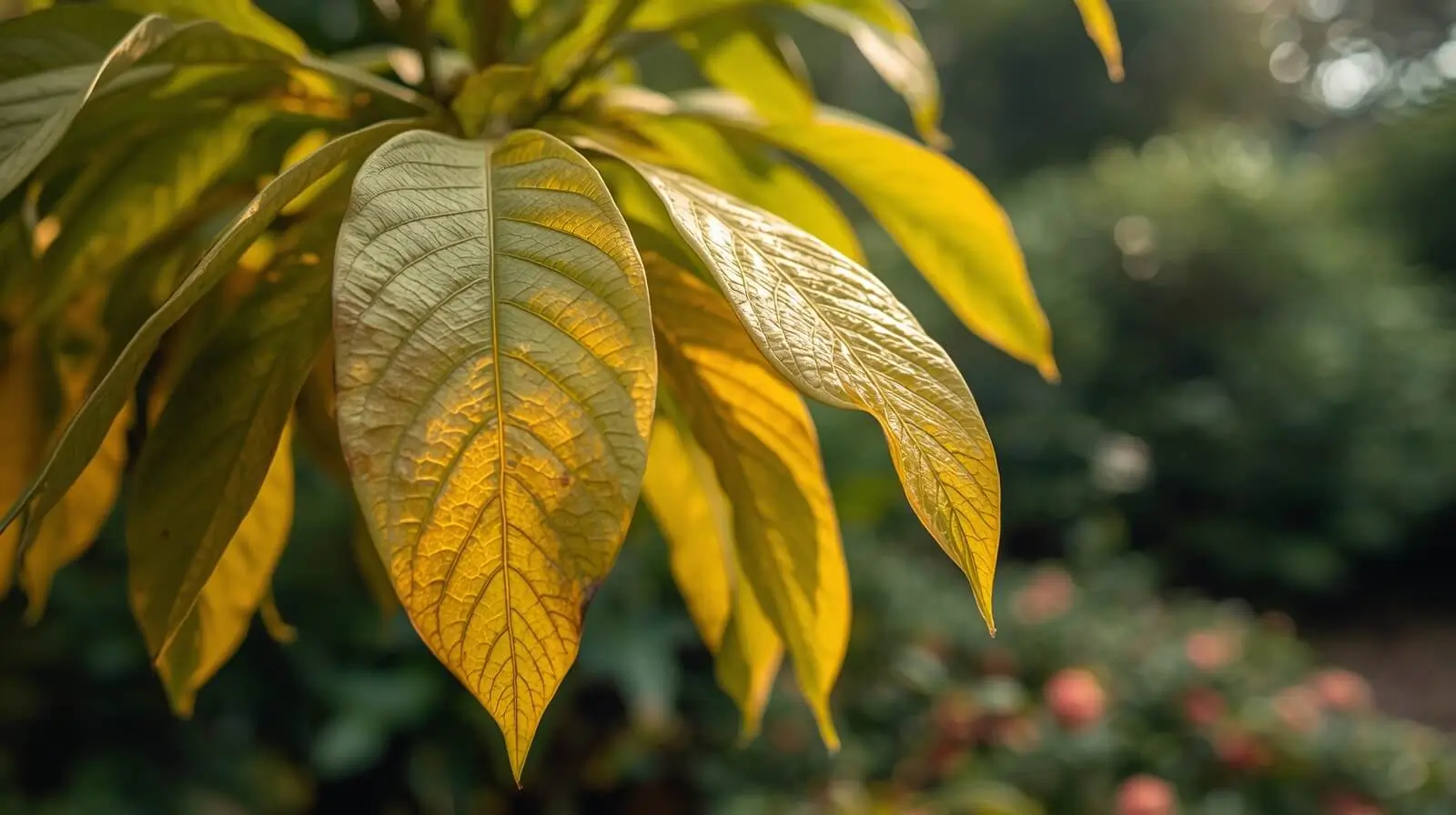
- For Wilting or Drooping Leaves, I check whether they indicate overwatering or underwatering, and I assess situation by feeling the soil moisture—if it’s excessively wet, I reduce watering frequency, and if the soil too dry, I increase watering to restore adequate moisture levels, as this careful monitoring is essential for maintaining plant’s health and vitality.

- When dealing with Poor Fruit Production, I find that insufficient fruit production often result from inadequate sunlight or low nutrient supply, so I make sure the tree receives minimum 6-8 hours sunlight daily and I adjust fertilization practices to meet its nutritional needs, because providing optimal conditions can significantly enhance fruit yield and improve quality.

- From experience, Regular inspections help me catch signs of pests early, especially passion vine hoppers, since it’s crucial for preventing damage from pest infestations; when pests detected, I promptly treat plant using organic pest control methods like insecticidal soap or neem oil, and this proactive approach can reduce damage and safeguards overall health of the tree.
For more guidance on solving fruiting problems in tropical trees, you can also explore this guide on how to troubleshoot common fruiting issues.
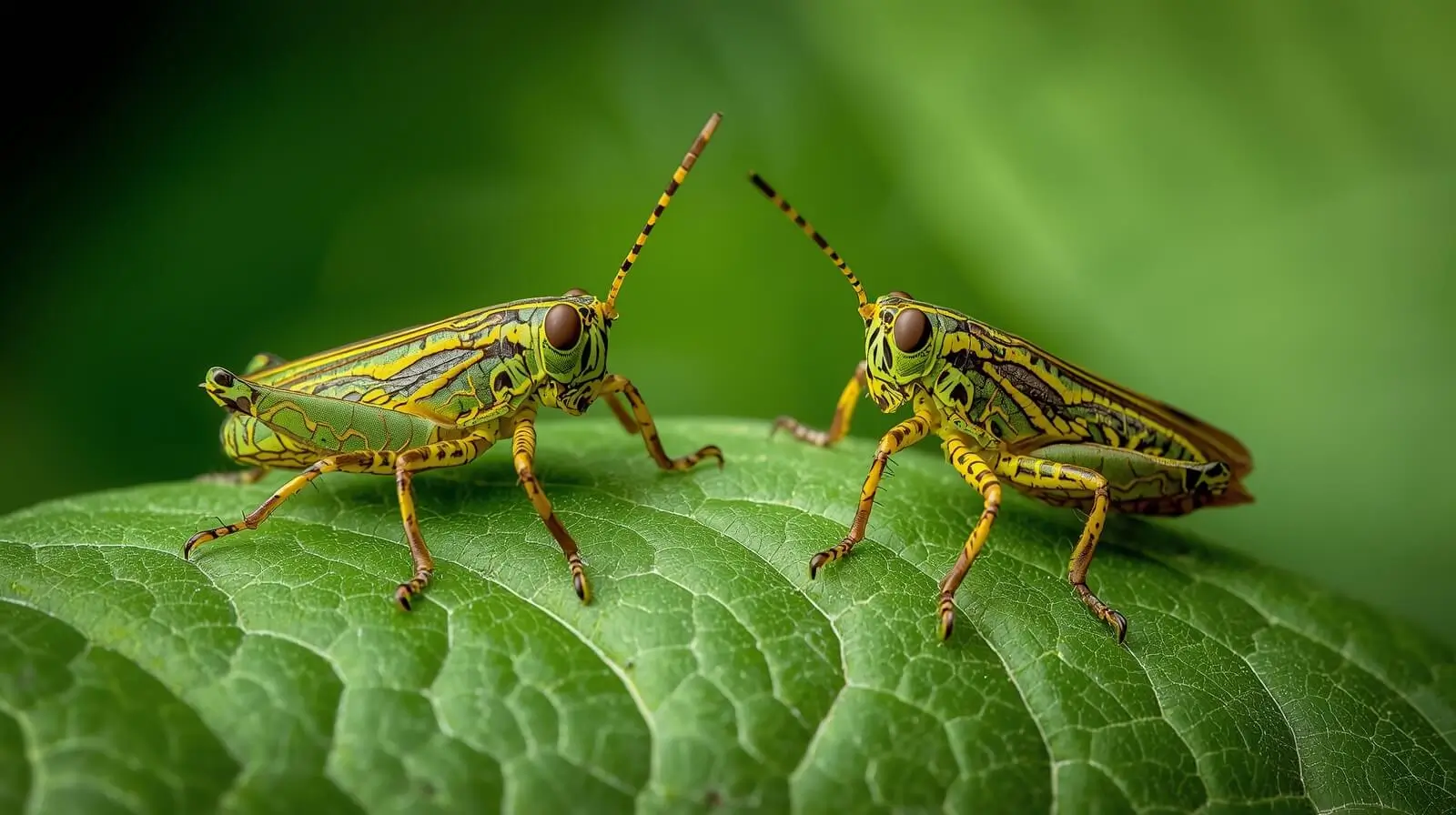
- With Diseased Branches, I always prune dead or diseased branches and make sure they are pruned immediately to prevent spread of disease, and by maintaining good air circulation, I help keep the tree vital, minimizing disease risk, promoting vigorous growth, and through prioritizing practices, I work to ensure longevity and increase productivity.
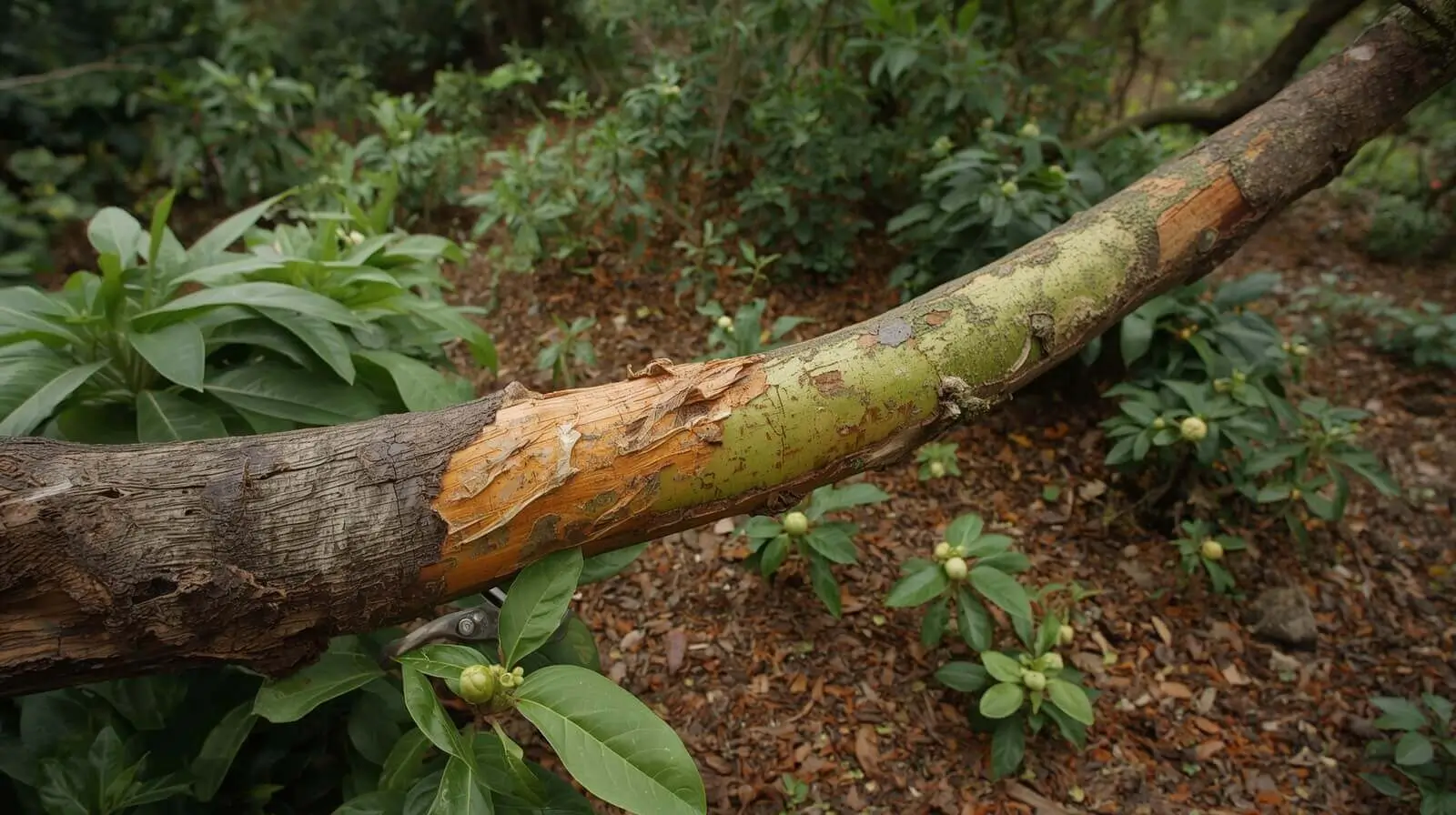
Read Also:
- Gardening & Plant Care Guide for Thriving Plants
- Tropical Fruit Trees: Grow Exotic Paradise at Home (Guide)
Conclusion
Caring for a kohala longan tree becomes much easier once you understand how to spot issues early and respond with the right steps. From managing Yellowing Leaves with proper nutrition to correcting Wilting or Drooping Leaves through balanced watering, each action directly supports the tree’s long-term health. Keeping an eye on Poor Fruit Production, maintaining Regular inspections for pests, and removing Diseased Branches right away all help your tree grow strong, productive, and resilient. With consistent care and timely troubleshooting, your longan tree can reward you with years of healthy growth and abundant fruit.
FAQs
1. Why are my longan tree’s leaves turning yellow?
Yellowing leaves often indicate a nutrient deficiency—especially nitrogen. Applying a balanced fertilizer or organic compost usually helps restore healthy growth.
2. How do I know if my longan tree is overwatered or underwatered?
Check the soil with your fingers. If it feels soggy, reduce watering; if it feels dry, increase watering. Longan trees need evenly moist soil, particularly during the growing season.
3. What causes poor fruit production in longan trees?
Poor fruiting is commonly linked to inadequate sunlight or lack of nutrients. Ensure the tree receives at least 6–8 hours of direct sun daily and follow a proper fertilization schedule.
4. Which pests should I watch for on my longan tree?
Passion vine hoppers, aphids, and scale insects are common pests. Regular inspections and organic pest treatments like neem oil or insecticidal soap can prevent serious damage.
5. When should I prune diseased or dead branches?
Prune them immediately once noticed. Removing affected branches early stops the spread of disease and helps the tree maintain strong, vigorous growth.
6. Can longan trees recover from prolonged stress or damage?
Yes, longan trees are resilient. With proper care—balanced watering, nutrition, pruning, and pest control—they can bounce back and continue growing well.

